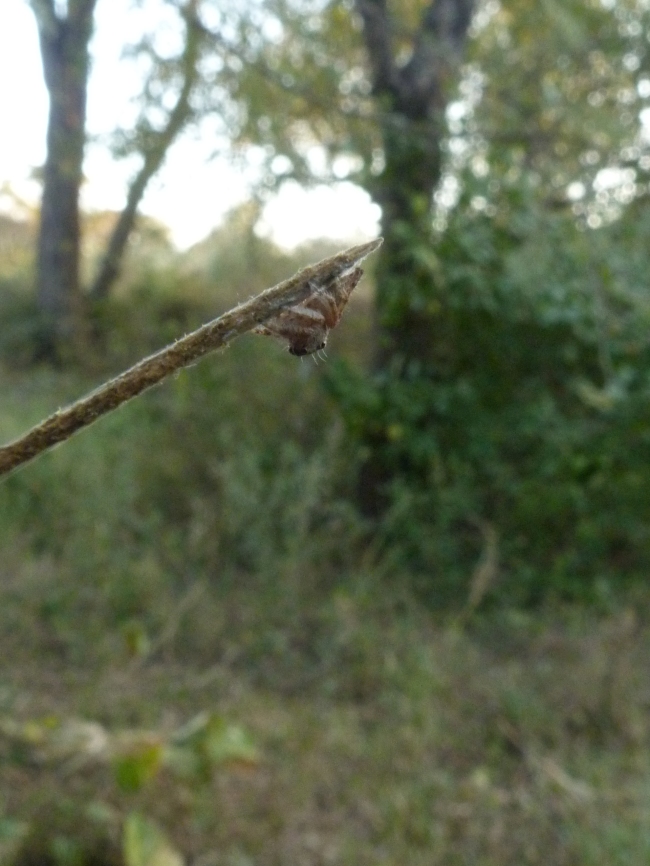Scientifically Macabre – examining skulls and bones
From 1st July 2013
The start of a new week and I was hiking through the bush, fruitlessly trying to find the dwarf mongoose. To keep my mind occupied, I begun a rough outline for a blog post. It was going to be “The Sorabi Skull”, about the skull that I found last week. Then in a dramatic twist of fate, mid-thought and macabre-minded already, I stumbled across another skull! And not just that, a number of other bones in the immediate area, presumably from the same animal. Oh the excitement.
Now, as mentioned, this is slightly macabre. Getting excited over bits of a dead animal? My non-biological friends look at me weirdly when I show them the skulls I have at home (sheep, small mammals and a bird). However to me, bones – particularly skulls – are fascinating. I love taking apart owl pellets and otter spraints, identifying animals from the bones and comparing the different skulls. In addition, thinking about how an animal’s body neatly fits together with the skeleton, muscles, ligaments and tendons. It puzzles me when someone doesn’t find it even remotely interesting, but each to their own and all that jazz.
So, the Sorabi skull, i.e. my first South Africa skull this year. Oddly enough, this one wasn’t on the ground. In fact, it was hung in a bush. At first, I wondered as to a leopard perhaps eating in a tree and dropping it, but there were no branches above. Maybe someone else had found it, and just chucked it away, and it landed in a bush? The mystery remains. Even more so, to the species. I will admit to poor identification skills on larger mammal skulls – especially in a different country.
The skull in a bush. Odd.
Back to the new skeleton, and it was a decent number of bones, I shall not lie. Not least that there was a complete upper skull and two lower jawbones. Now, I could identify this one – zebra! Jackpot! Why you ask? My undergraduate dissertation was on zebras, and I like to know as much as possible about a study animal, even if it is from a dead one. I even know what zebra steak tastes like (pretty good by the way).
This was definitely making up for the lack of dwarf mongoose. And the day got even better when I found two African Land Snail shells, followed by a tortoise shell! The tortoise isn’t fully decomposed yet though … desiccated thankfully. With any luck it will decompose completely and I can take a proper look at the shell without touching bits of dead tortoise. Now that is rather macabre.
To finish off, I hope that you either agree with me in finding skulls/bones/shells fascinating, or that you don’t judge me too much. And, it goes without saying, though I will say it anyway, that I don’t ever kill anything in order to gain the bones/shells. I just stumble across them in the bush (sometimes literally). Or in the case of owl pellets and otter spraints, I analyse them for ecological purposes.
Also found since: an impala skull







